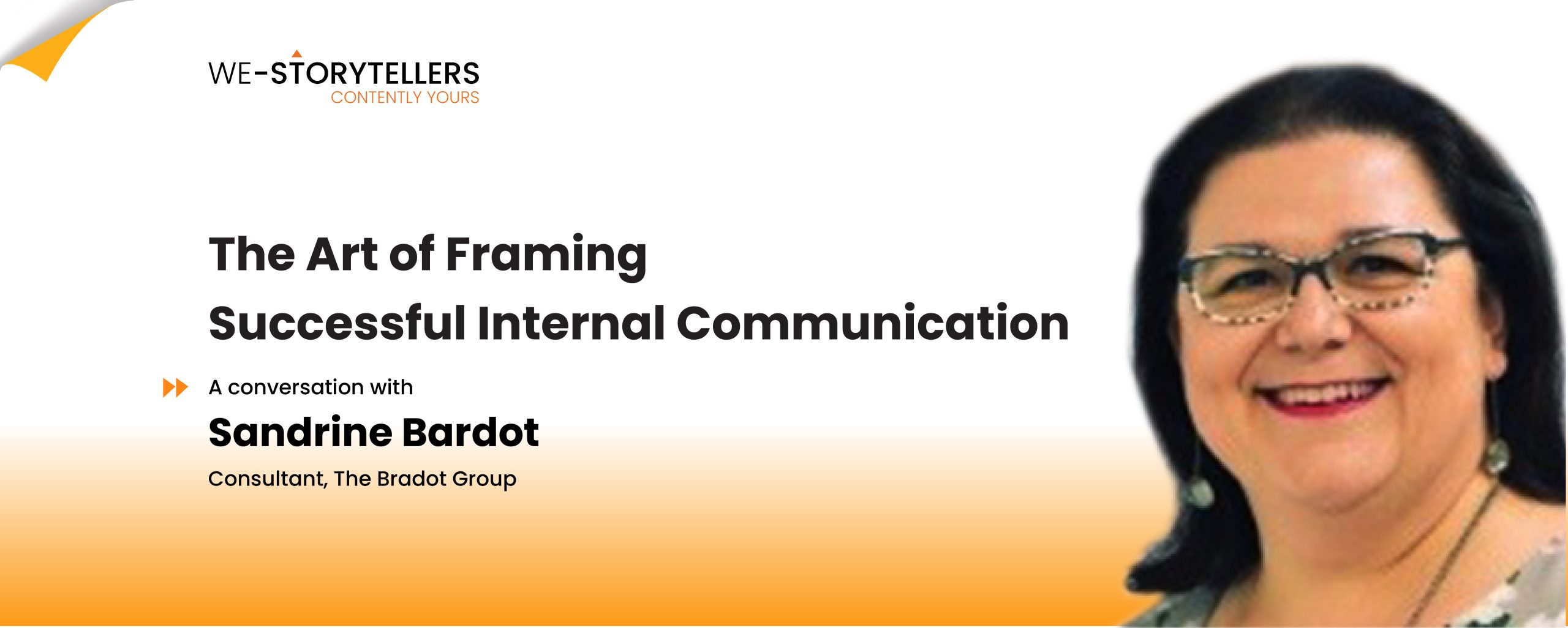A seasoned consultant, trainer, speaker and thought leader, Sandrine Bardot is a true expert in organization transformation with an impressive 30-year journey spanning diverse sectors from high-tech innovation to multinational conglomerates.
She bridges the gap between theory and practice, ensuring companies reach their full potential. Her transformative approach involves strategic integration of Total Rewards with Talent and OD programs, fostering retention, reducing workplace tensions, and enhancing productivity.
Our conversation with Sandrine Bardot provided a deep exploration and unlocked the secrets to Total Reward success and effective communication. The excerpt below offers valuable insights from our conversation.
Q. How does neuroscience influence communication and compensation practices within organizations?
A. Neuroscience sheds light on various cognitive biases, such as anchoring, where individuals use existing information as reference points for evaluating new data. For instance, if employees perceive discrepancies in compensation compared to external benchmarks, they may feel underpaid, despite lacking full context. Effective communication can counteract such biases, anchoring expectations to desired behaviors and performance standards.
Q. You’ve spoken about neuroscience and its influence on communication and compensation. Could you elaborate on the concept of mental heuristics and its impact on our thinking?
A. Neuroscience, particularly behavioral science, explores how our brains process information. There are two primary modes: fast thinking, which operates subconsciously, and slow thinking, which involves deliberate thought processes. Our brains prioritize threats and rewards, shaping our reactions and decisions. Understanding this can inform how we design compensation and benefits programs, leveraging rewards to drive desired behaviors.
Q. How can organizations effectively communicate compensation initiatives, considering the impact of framing and choice architecture?
A. Framing plays a crucial role in how people perceive options or choices. Individuals are often more sensitive to potential losses than gains, so framing communication around avoiding losses can be more impactful. Additionally, offering binary choices and positioning preferred options strategically can guide decision-making. Simplifying choices and emphasizing desired behaviors through communication channels can drive engagement and participation.
Q. Can you share examples of effective communication that facilitates knowledge transfer within organizations?
A. Absolutely. Initiatives like internal vlogs, podcasts, and peer-to-peer discussions foster a culture of open communication and knowledge sharing. By utilizing diverse communication channels, organizations empower employees to exchange insights and experiences, promoting a bottom-up approach to learning and collaboration.
Q. How does the competence of communication impact professionals’ careers, particularly in technical fields like HR?
A. In technical fields, initial focus on building technical expertise is essential. However, as professionals progress, soft skills such as communication become increasingly critical. Effective communication underpins various aspects of leadership, including influence, negotiation, and relationship management. Professionals who excel in communication often transition from individual contributors to influential leaders driving organizational success and personal growth.


